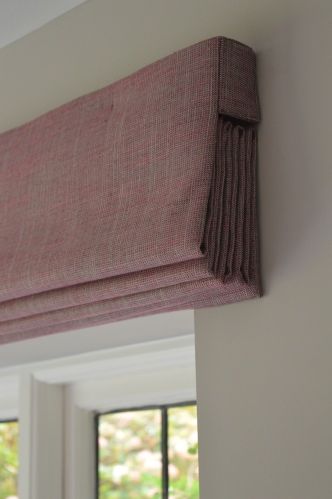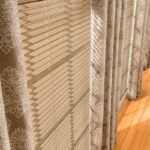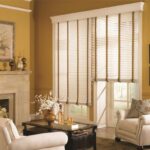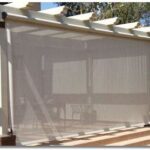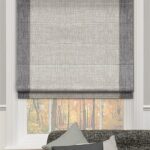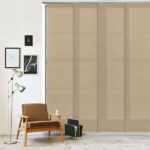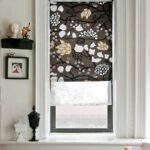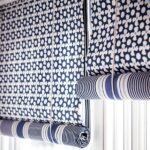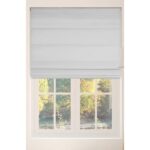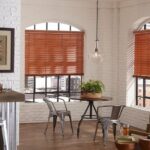Fabric blinds are a popular choice for window coverings in homes and offices. They offer a variety of benefits and drawbacks that should be considered before making a decision. In this article, we will discuss the pros and cons of fabric blinds for windows.
Pros:
1. Versatility: Fabric blinds come in a wide range of colors, patterns, and textures, allowing you to find the perfect match for your décor. This versatility makes them a great option for any room in your home or office.
2. Soft look: Fabric blinds provide a softer and warmer look compared to other types of window treatments, such as metal or wood blinds. They can help create a cozy and inviting atmosphere in any room.
3. Light control: Fabric blinds offer excellent light control, allowing you to adjust the amount of sunlight entering the room. You can easily filter or block out light entirely, depending on your preference.
4. Energy efficiency: Fabric blinds can help improve energy efficiency in your home by providing insulation and reducing heat loss through the windows. This can help lower your heating and cooling costs while creating a more comfortable environment.
5. Easy maintenance: Fabric blinds are easy to clean and maintain, requiring only occasional dusting or vacuuming to keep them looking their best. Some fabric blinds are also machine washable, making them a convenient option for busy households.
Cons:
1. Durability: Fabric blinds may be more prone to wear and tear compared to other types of window treatments, such as wood or metal blinds. They can fade, stain, or tear over time, especially in high-traffic areas or homes with pets and children.
2. Limited privacy: Fabric blinds may not provide as much privacy as other window coverings, such as blackout curtains or shades. Depending on the type of fabric and the amount of light filtering through, fabric blinds may allow people outside to see into your home, especially at night.
3. Limited light control options: While fabric blinds offer excellent light control, they may not provide as many options for adjusting the amount of light entering the room compared to other types of window treatments. For example, some fabric blinds may only allow for light filtering or complete blackout.
4. Potential for mold and mildew: Fabric blinds can be prone to mold and mildew growth, especially in humid or damp environments. This can be a health hazard and may require regular cleaning and maintenance to prevent.
In conclusion, fabric blinds offer a variety of benefits, including versatility, soft look, light control, energy efficiency, and easy maintenance. However, they also have drawbacks, such as durability issues, limited privacy, limited light control options, and potential for mold and mildew growth. Before choosing fabric blinds for your windows, it’s important to weigh these pros and cons and consider your specific needs and preferences to make an informed decision.
